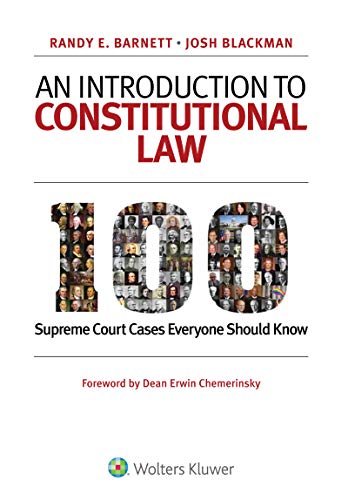What do you think?
Rate this book


This multimedia platform combines a book and video series that will change the way you study constitutional law. An Introduction to Constitutional Law teaches the narrative of constitutional law as it has developed over the past two centuries. All students—even those unfamiliar with American history—will learn the essential background information to grasp how this body of law has come to be what it is today. An online library of sixty-three videos (access codes provided with purchase of the book) brings the Supreme Court’s one hundred most important decisions to life. These videos are enriched by photographs, maps, and even audio from the Supreme Court. The book and videos are accessible for all levels: law school, college, high school, home school, and independent study. Students can read and watch these materials before class to prepare for lectures or study after class to fill in any gaps in their notes. And, come exam time, students can watch the entire canon of constitutional law in about twelve hours.
332 pages, Kindle Edition
Published September 13, 2019